2021 was a successful year for Loro Parque Fundación, which maintained its commitment to nature despite the economic impact of COVID-19. Now, having confirmed that it will allocate 1.45 million dollars in 2022 to 61 conservation projects around the world, it is taking stock of the successes of the past year.
Lear’s Macaws in Brazil
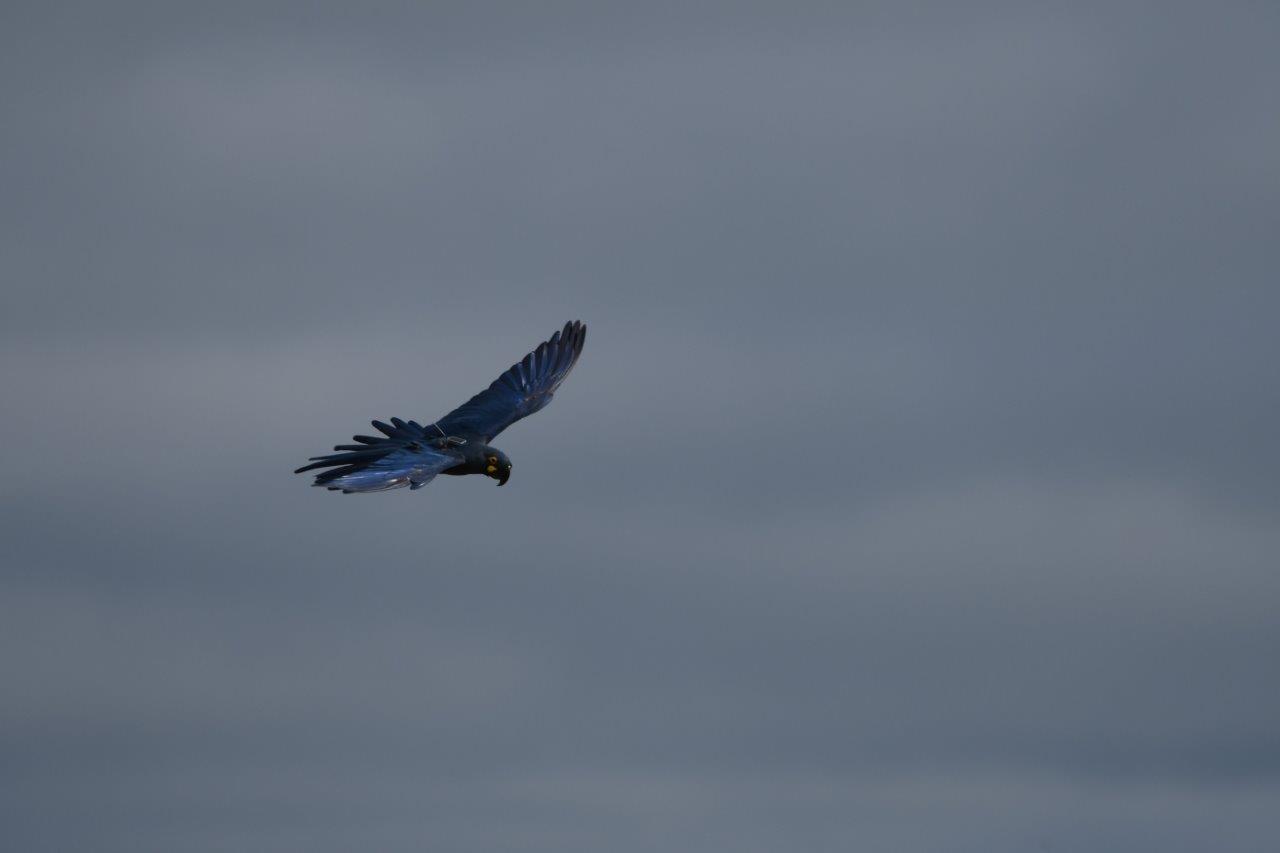
In 2021, the Foundation has sent two more Lear’s Macaws born in Tenerife to Brazil to continue with the project of management and reintroduction of the species. One of them will be integrated into the ex situ breeding programme and the other will join the group that has already been reintroduced into the wild.
At present, eight birds are flying in the caatinga and at least one pair is showing signs of reproduction, one of the important steps in the repopulation of this region where the Lear’s macaw was practically extinct.
Atlantic humpback dolphin in Senegal
In Senegal, and thanks to the Loro Parque Fundación, the project for the conservation of the Atlantic humpback dolphin, one of the most endangered species in the world according to the red list of the International Union for Conservation of Nature (IUCN), was launched in 2021.
The Foundation’s support has made it possible to organise a research group in the Saloum Delta and to start collecting data essential to the survival of this unknown species.
Red-crowned Parakeets in Ecuador
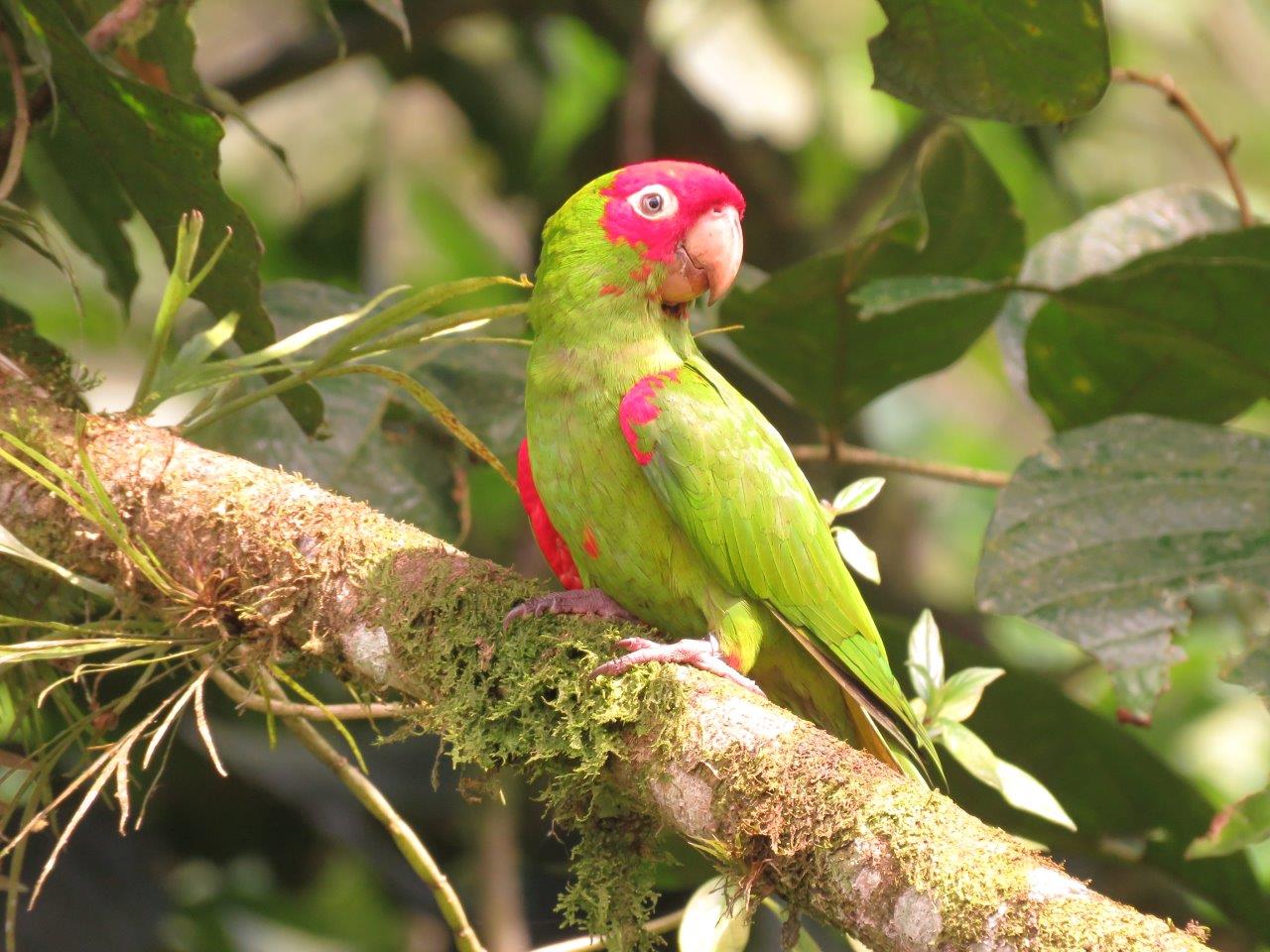
In Ecuador, 20 more red-crowned parakeets were reintroduced into the wild, with 59 birds reintroduced as part of this project carried out in collaboration with the Jocotoco Foundation.
Its impact on populations has been such that police and environmental agents have stopped finding the species in markets, despite it being a type of parrot that used to be commonly smuggled.
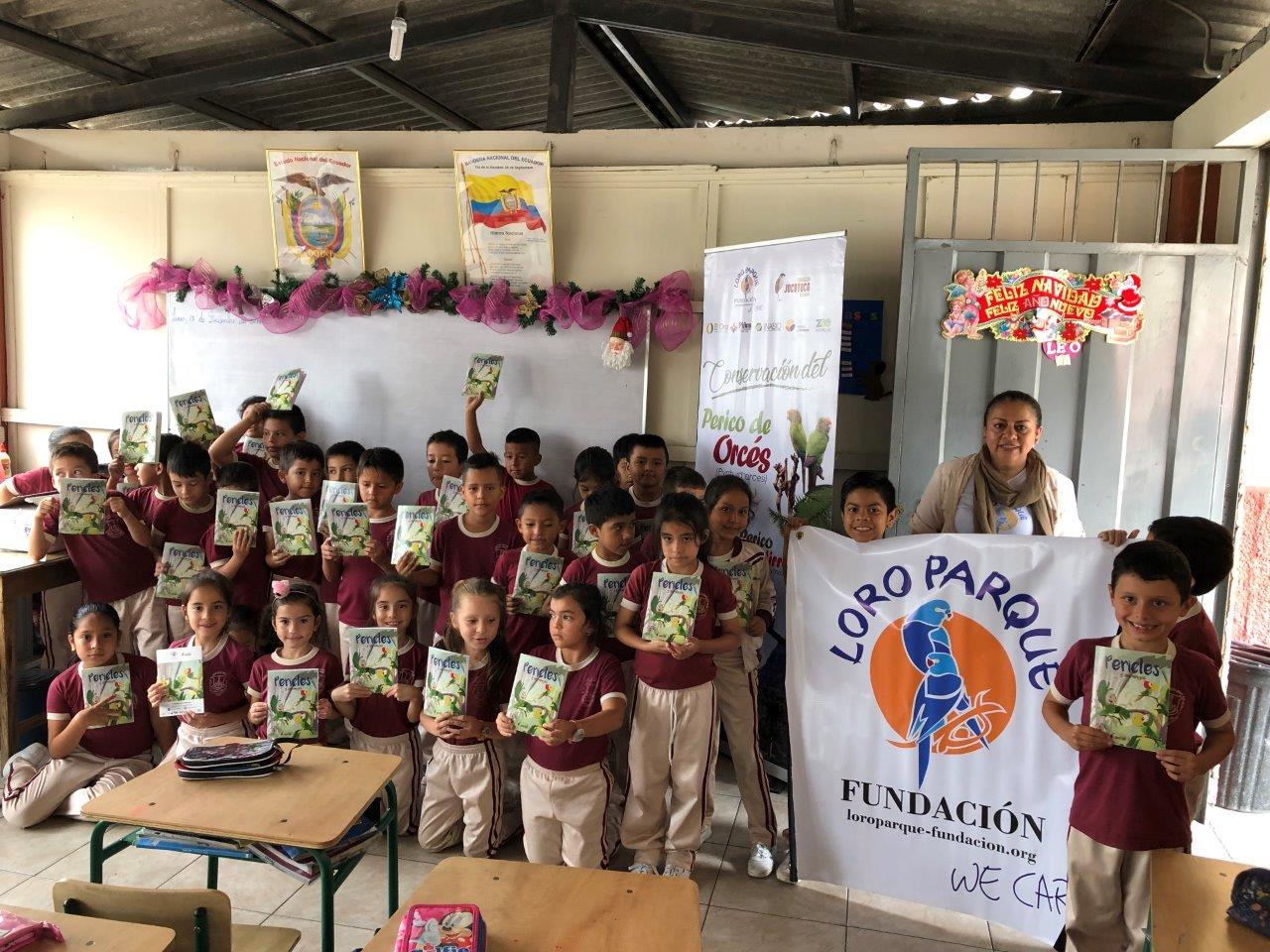
Cetacean welfare in Gran Canaria
The cetacean welfare project developed for more than 10 years by the Foundation together with the University Institute of Animal Health of the University of Las Palmas de Gran Canaria, directed by Professor Antonio Fernández, has just published an extraordinary breakthrough.
They have made it possible to take virus samples using a small brush and avoiding the need for biopsies, a new technique published in the scientific journal Animals, which opens up enormous possibilities for evaluating other biological parameters in wild dolphins and whales without disturbing the animals.
Longevity of parrots
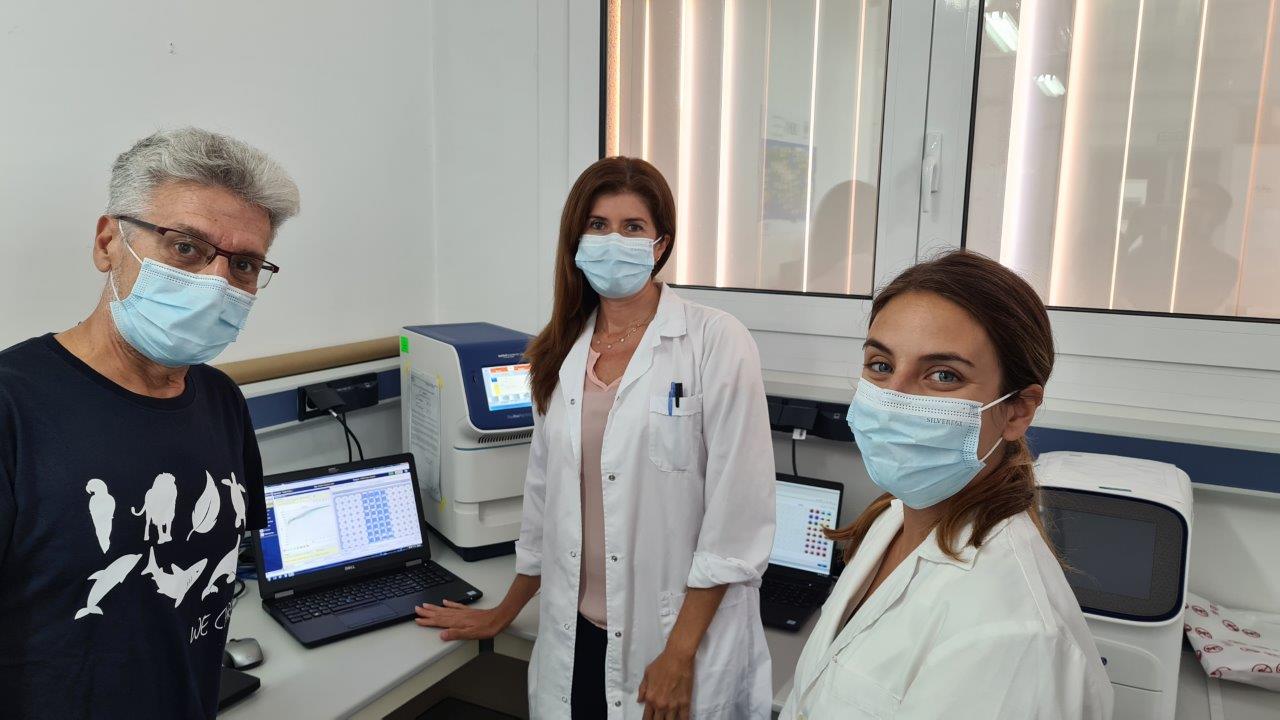
In Tenerife, an important breakthrough has been made this year in the study of the longevity of parrots. Thanks to researchers from the University of La Laguna, it has been possible to determine that there is a relationship between the size of the telomeres of the chromosomes in parrots according to the species to which they belong.
Thus, some species have a longer life expectancy than others and there is a relationship with their vital reproduction strategy. This study has very important implications for science and is possible thanks to the largest living genetic reserve of parrots in existence and maintained by Loro Parque Fundación.
Hyacinth Macaw in Brazil
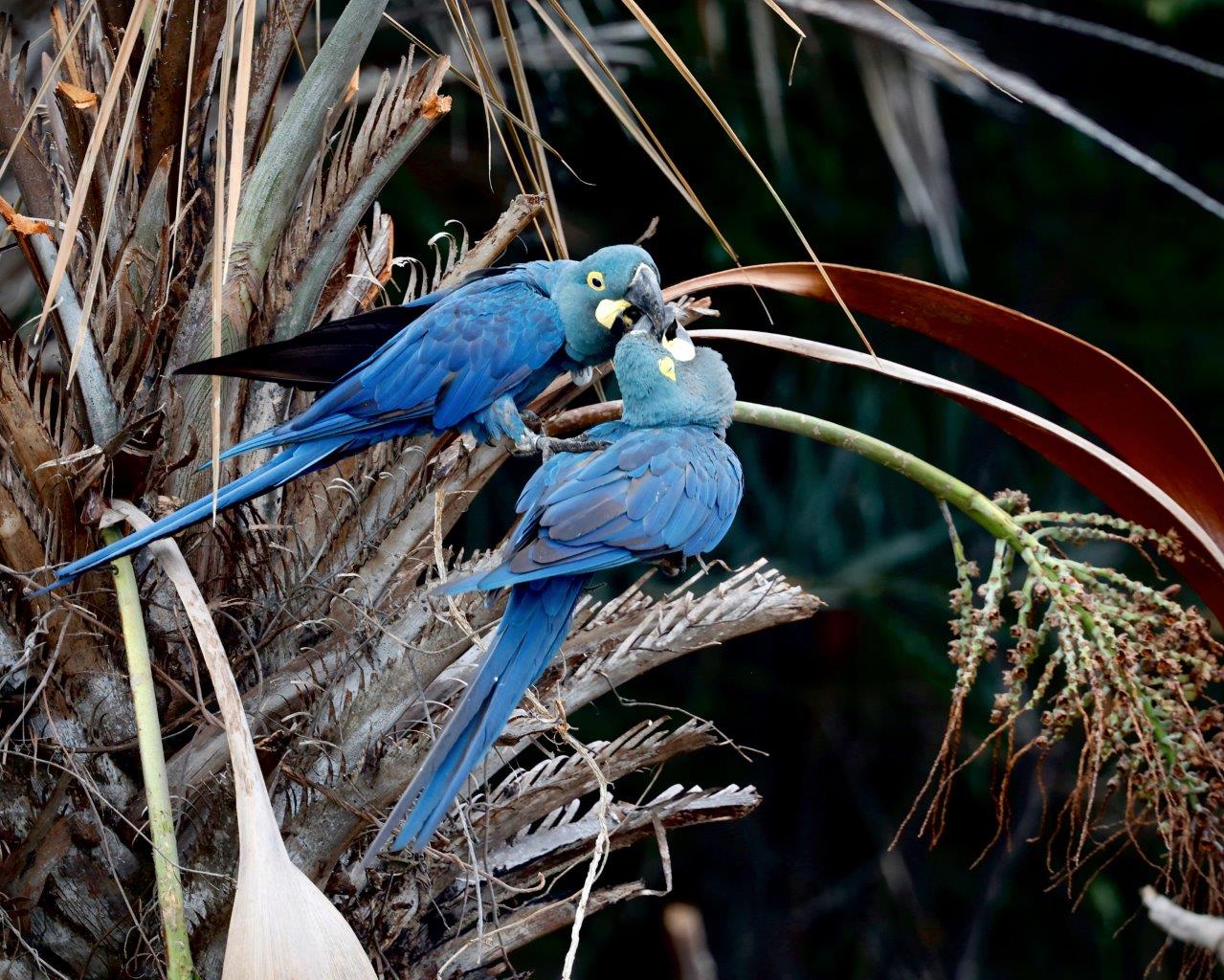
Also in Brazil, Loro Parque Fundación’s support to the Hyacinth Macaw Institute is bearing fruit for this emblematic species threatened by habitat loss.
Macaw scientist and protector Neiva Guedes and her team have made progress in their ongoing work to protect these impressive parrots that face serious threats such as fires and deforestation.
Strategic support with drinking troughs and recording of nest locations, both artificial and natural, is proving key to their protection.
Yellow-eared Parrots in Colombia
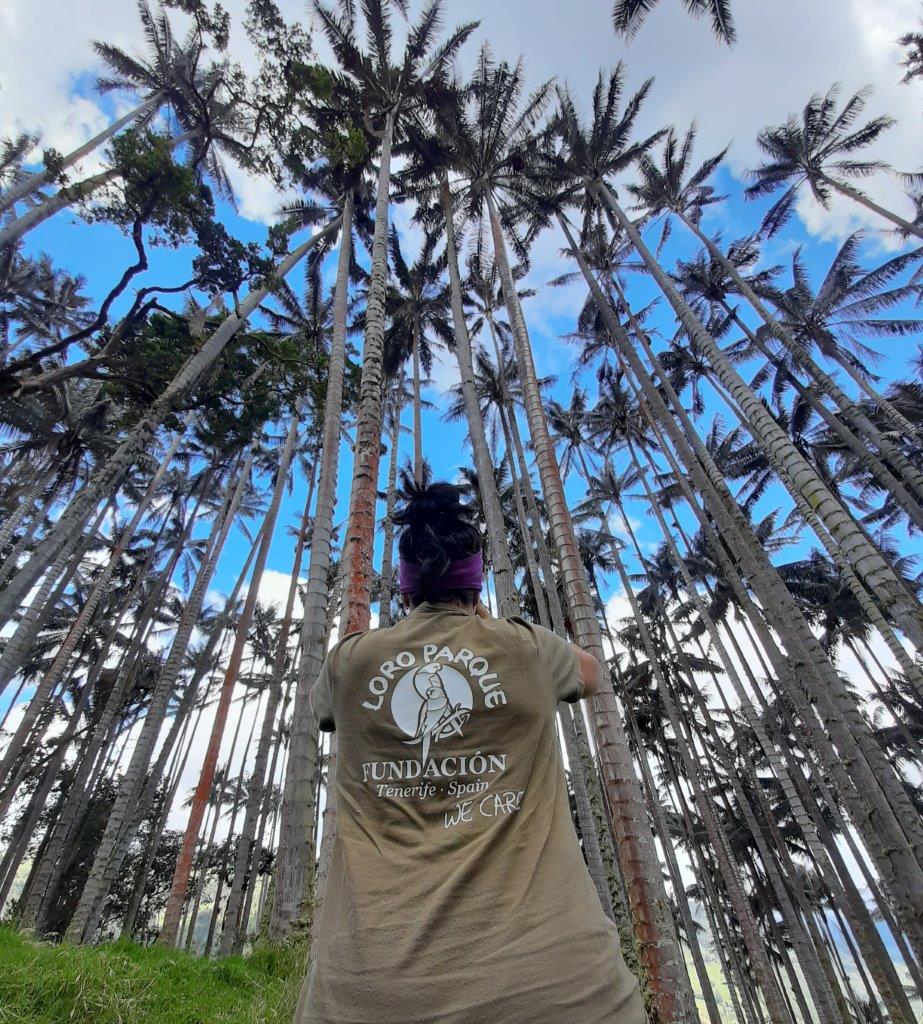
By placing natural log nests to help yellow-eared parrots, the real danger to this species’ habitat has been determined: unfortunately, the days of the wax palm groves are numbered. But science, while confirming this horrible news, is also providing some very important data to react to.
Until now, it was thought that protecting palm trees from wax was enough. But, in reality, it is the plants that grow at their base that are most important for the maintenance of this type of forest and the parrots that live in it.
If the forest base of the world’s tallest palm forests is missing, there will be no future for this species that Loro Parque Fundación has saved from extinction. This project, developed together with the Fundación Vida Silvestre, has stood out for the study of the general biome in which the yellow-eared parrots live.
Publications in journals worldwide
In 2021, Loro Parque Fundación has surpassed 300 magazine publications in the parrot sector worldwide. With a constant presence in 17 countries in monthly publications, the Foundation has dispersed information on parrots ex situ and in situ, both in written and digital format, in more than 8 languages and on topics such as breeding, management and conservation.
International parrot census
The scientific publications of the team from the Centro Superior de Investigaciones Científicas (CSIC) and the Universidad Pablo de Olavide (UPO), led by Professor José Tella, have so far completed 98 large-scale parrot census studies, covering more than 57,241 kilometres in 20 countries and encompassing the main biomes of the world where this group of birds is present.
More than 120,000 psittacine parrots of 137 different species have been recorded.
The Venezuelan red-tailed parrot, only in Loro Parque
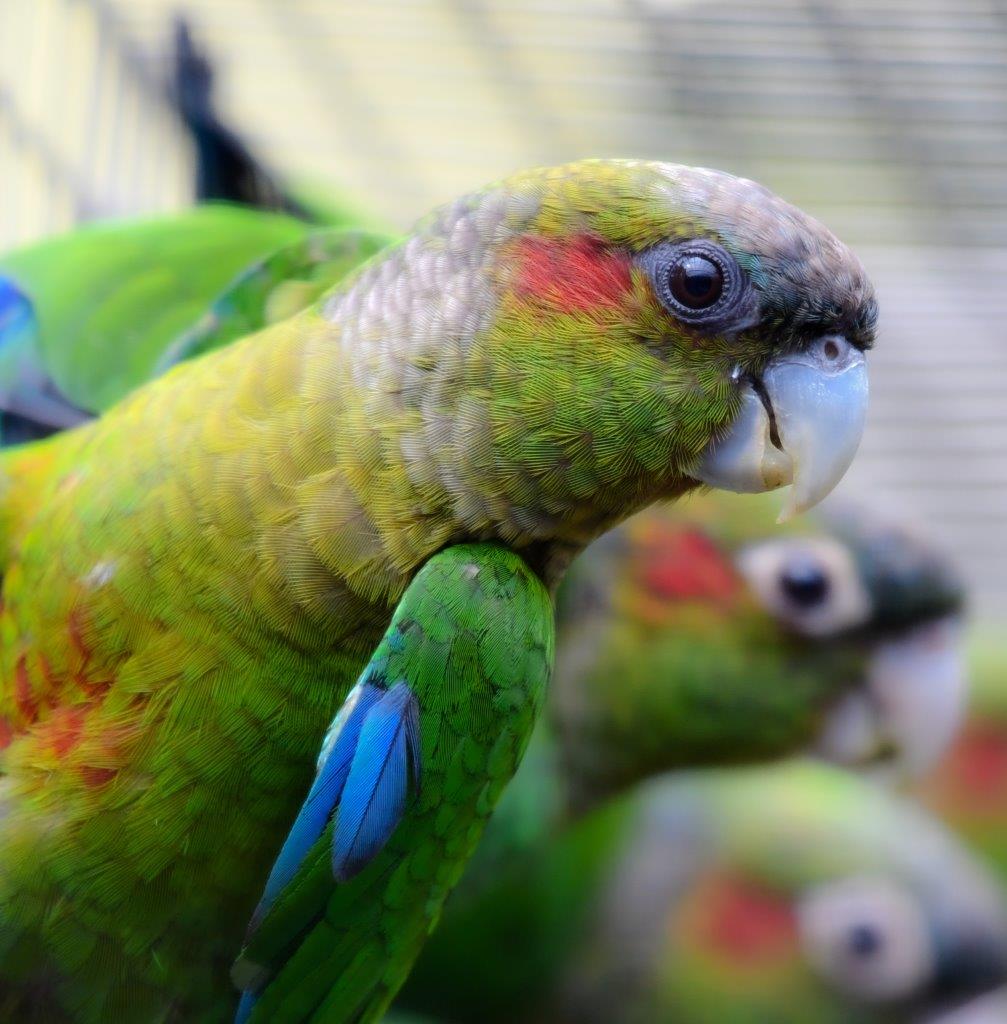
Loro Parque will show a new species to the public for the first time: the red-tailed parakeet endemic to Venezuela.
It will be the first accredited zoological conservation centre in the world where this species can be observed. A total of 15 births so far represent a great breeding success for the Loro Parque Foundation and form part of the safety net for the species in case their counterparts need help in the wild.










